Like many people, I've been watching David Attenborough's natural history documentaries since I was very small. Until recently, however, I thought that my interest in the natural sciences was separate from my interest in art history. I knew that the animals, plants and landscapes that appeared on my TV screen also appeared in art galleries and museums. In fact, I was very much drawn to paintings of animals. At some point, though, I got the impression that these objects were not worthy of serious study, so I learned to avoid them.
In the last few years, I've been trying to make amends for this misunderstanding. Now barely a day goes by without my spending some time searching for animal-related objects on Art UK. These searches are often inspired by actual encounters with animals; for instance, a sighting of a little egret near my home last month led me to the image above: one of several stunning paintings by the artist Charles Tunnicliffe. Other searches are related to my wider research interests, such as the representation of African animals in Britain (which I have written about in another story on Art UK).
Yet I'm also regularly inspired by things I see in wildlife documentaries. For this reason, I was especially excited by the prospect of Wild Isles, the most recent BBC/Open University co-production, which focused on the wildlife of Britain and Ireland. This programme, I realised, provided the perfect opportunity to showcase the depth and range of objects related to animals and plants that can be found in UK art collections. So I decided to put together an Art UK Curation that would feature species discussed during the five episodes of Wild Isles.
Now that the series and my Curation are complete (you can see it here), I've been pondering what I've learned from the process. To start, my intuition was that creating a group of artworks that related to Wild Isles would not be difficult, in terms of available options, and I was relieved to discover that I was right. Even allowing for the (current) absence of many drawings and watercolours on Art UK (among which we might find some of the greatest botanical and natural history illustrations ever created) there was no lack of objects to choose from. The twelve or so examples I selected to represent each episode were a tiny fraction of the examples I found. After my initial searches, I even toyed with the idea of doing an entire Curation based on representations of gannets.
Quantity of examples was not a problem then – and nor was range. By this I mean that there were not simply many objects related to, say, gannets, but that within this group there were many ways of representing a gannet, by many artists. I didn't expect this Curation to be comprehensive, but I did want it to be in some ways representative of the various approaches to depicting wildlife in art. In the case of gannets, this turned out to be a relatively easy task. There were prints of single gannets, paintings of gannet colonies, as well as a couple of more recent, slightly esoteric responses to gannets.
I especially like Norman Adams's Black Rainbow and Gannets, an abstracted and atmospheric painting of diving gannets, and Peter Boex's Oil Spill Gannet, a sculpture that directly tackles the disastrous effects that human activity has had on sea bird populations. Every work in my Curation reflects in some subtle way the relationship between humans and animals, but this work is one of the few to address it explicitly.
The selection of artworks for this curation was unapologetically personal: I was largely driven by what caught my fancy. I did try, however, to avoid the obvious. While I included some famous names and objects, from major collections – such as Hans Holbein's Lady with a Squirrel and a Starling, or Elisabeth Frink's wonderful Wild Boar – I also sought to highlight objects by lesser-known artists.
A Lady with a Squirrel and a Starling (Anne Lovell?)
about 1526-8
Hans Holbein the younger (c.1497–1543) 
Into the latter category fell many artworks from hospital collections, such as Maddie Owens's Flowers, Insects and Snail.
This colourful painting not only echoed a seventeenth-century painting but reminded me of the importance of wildlife-related art in hospitals. Research shows that not only is green space good for our mental and physical health, but images of green space (and of nature in general) can also have a positive effect.
Butterflies, Moths and Insects with Sprays of Common Hawthorn and Forget-Me-Not
1654
Jan van Kessel the elder (1626–1679) .jpg)
What interested me most about the process was seeing how well some animals and plants are represented in UK collections – gannets, squirrels, salmon, bluebells – and how poorly others are. You might expect this from some of the unfamiliar species (where are the sea slugs?) but I was surprised by the lack of objects related to adders, to capercaillies, or to many marine animals.
This may reflect the fact that basking sharks, for example, are less commonly seen and difficult to represent from above the water. Zooplankton, likewise, are hardly likely to have inspired generations of artists. Yet these differences also reflect the hierarchies that humans have imposed upon wild animals. Red squirrels have long been considered more aesthetically pleasing than raft spiders. Seahorses, meanwhile, are more popular than cuttlefish.
Largely speaking, British mammals have garnered the most attention from artists: squirrels, hares, badgers, otters, foxes and the like. But there are some surprises. Bees, for instance, have been widely represented by sculptors, likewise toads. It is interesting to see how certain media get attached to certain species.
The relationship between toads and sculpture apparently comes from the tradition of making casts from real toads, creating small sculptures that could also function as paperweights. Though this practice may have died out, the tradition of sculpting toads remains. I particularly like Michelle Erikson's Tea Toadler Teapot, in which a toad sits atop a beetle-encrusted teapot.
Searching for animals on Art UK is a fascinating experience. In most cases, it's easy to track down the species you're interested in. But beware: not all animals and plants have been tagged (plenty of work left to do here!) and simple (global) searches can throw up seemingly unwanted results. If you're seeking out grey seals, for example, you will have to trawl through a lot of royal seals first. Looking for slugs? Expect to find many images of Leighton's famous sculpture, The Sluggard.
A quest for squirrels, meanwhile, can lead you to the work of the artist Leonard Squirrell – or adders to Elizabeth Blackadder. In looking for one thing, you regularly end up finding another, equally interesting object. Elizabeth Blackadder may not have painted any adders, but she did create many paintings of flowers.
In the end, my Wild Isles Curation was something of an experiment: a spur to further investigation. If I were to do it all again, would I choose the same seventy objects? Probably not. Have I missed any really significant paintings or sculptures? Most likely. It will take me a while longer to process the results of this undertaking and to consider ways in which it might be expanded.
In the future, I hope that UK museum collections might be used more often in the context of natural history education. Film obviously gives viewers unprecedented access to wildlife, but paintings and sculpture offer something equally valuable. You could write off an image such as Jimmy Floyd's Starlings Coming into Roost as offering only a fraction of the experience served up by the starling sequence in Episode Two of Wild Isles.
Floyd's starlings are only blotches of black paint, compared to the high-definition close-ups in Wild Isles. But there's something personal about Floyd's painting: it feels like the record of a unique encounter. It provides information beyond the merely factual.
Wouldn't it be nice to see artworks feature in natural history documentaries? In this time of ecological crisis, we clearly need to talk about, and unpick, the complicated relationship that humans have – and have had – with animals and with nature in general.
Art objects provide the opportunity to do just that. Wild Isles can give us stunning shots of salmon swimming upstream, but Art UK can give us dozens of images that tell the deep and complex history of the relationship between humans and salmon in this country. Taken together, these different forms of framing and representing wildlife could open a whole new conversation, in which the arts and sciences were given equal billing.
As Carla Benzan put it in her recent Art UK story: 'let art lovers become bird lovers and let bird watchers become art watchers. Let us move into spaces of "nature" and "culture" with a similar intention to attend to the close relationships humans have with animal lives, and to bring the lives of birds into our understanding of ourselves.'
Samuel Shaw, Lecturer in Art History, The Open University
Wild Isles is a co-production between the BBC and The Open University




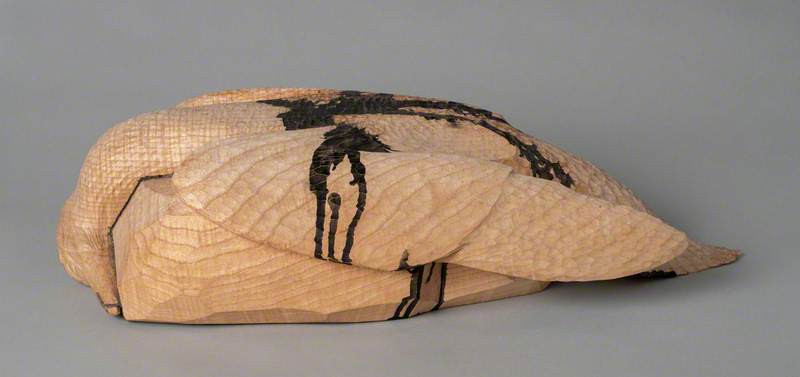
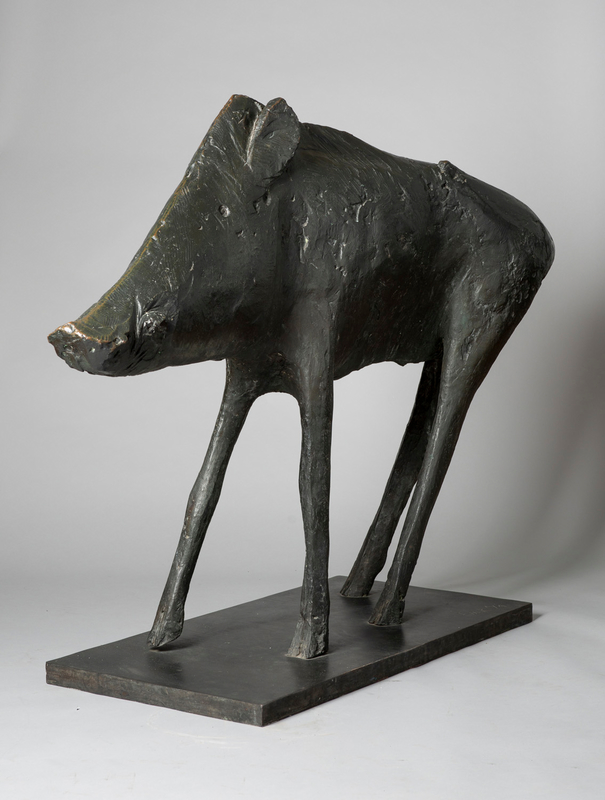




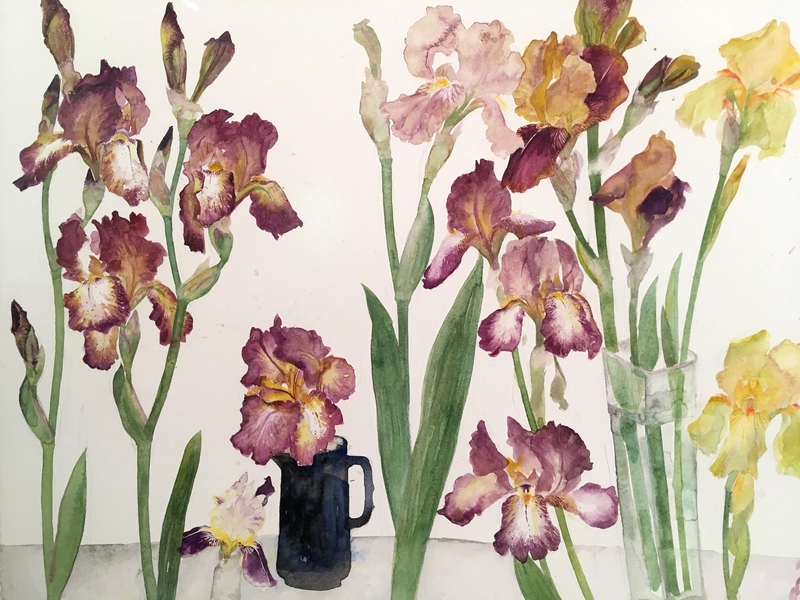









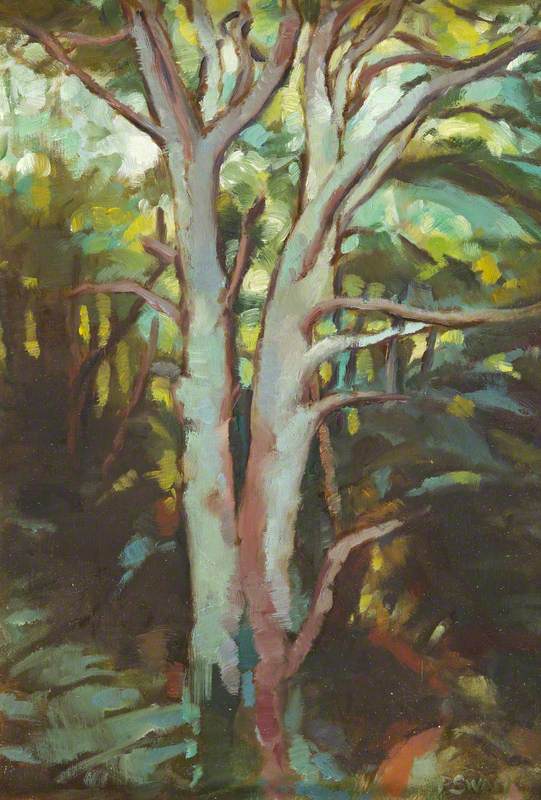






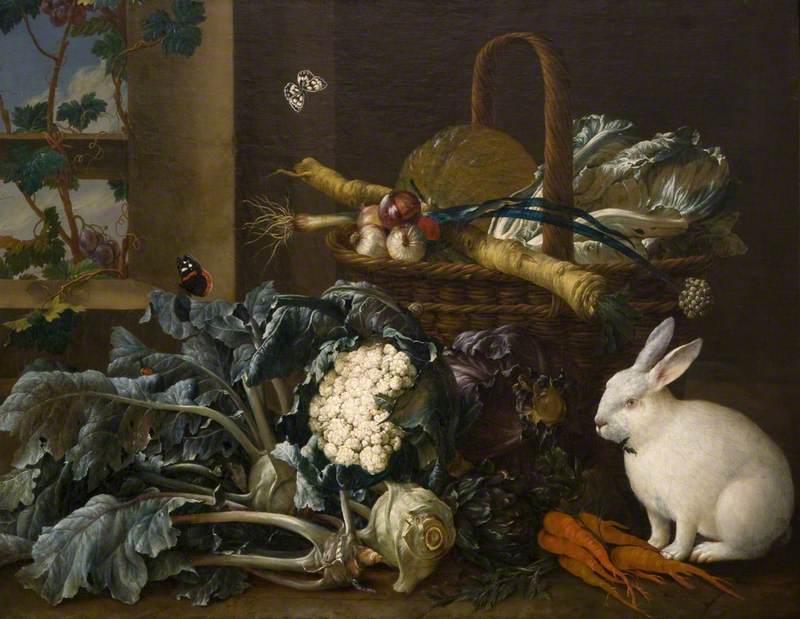


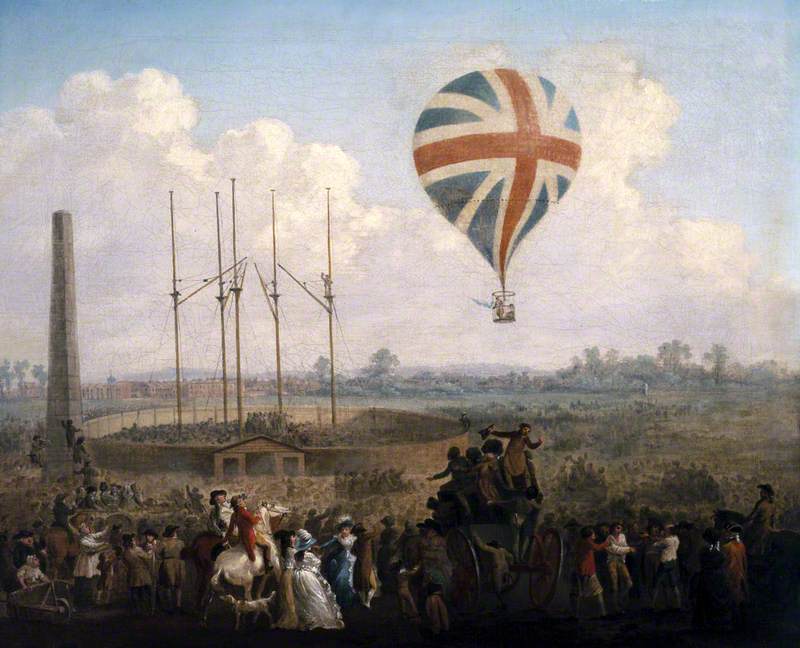





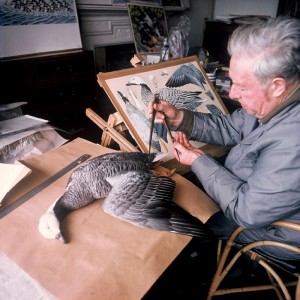









.jpg)






